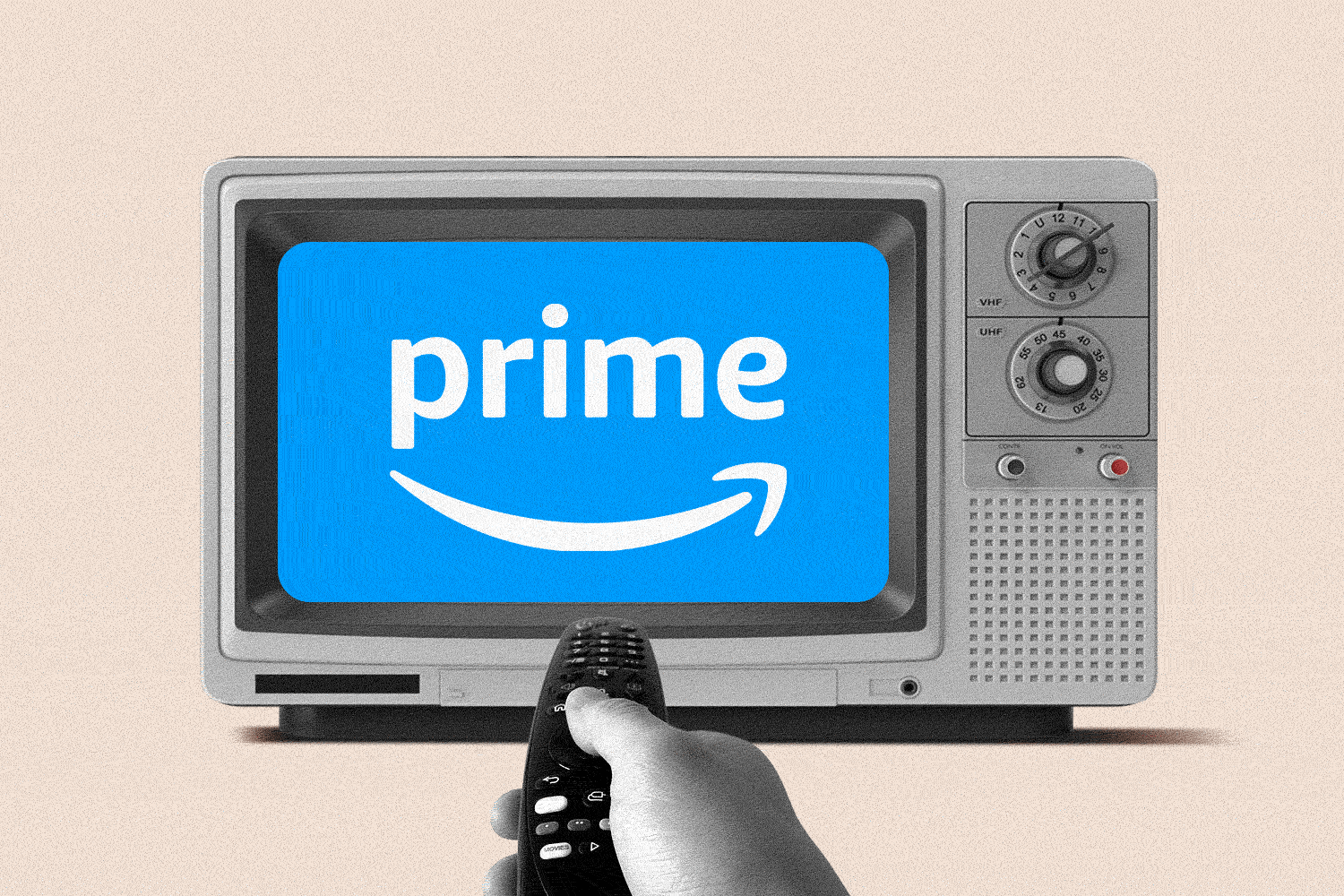
Get marketing news you’ll actually want to read
Marketing Brew informs marketing pros of the latest on brand strategy, social media, and ad tech via our weekday newsletter, virtual events, marketing conferences, and digital guides.
It’s Amazon’s world, and we’re just living in it.
A few weeks ago, the e-commerce juggernaut debuted ads on Prime Video in the US, giving advertisers new ad inventory predicted to reach ~159 million global viewers each month. Already, plenty of brands are already jumping at the chance to appear on the platform: Earlier this month, we spotted Samsung, Tinder, and New Balance advertising on Prime shows and movies.
How will the new addition to Amazon’s ad ecosystem stack up next to its other offerings, though? We talked to media buyers to understand if and how the new offering is impacting clients’ ad spend allocation, both across Amazon’s ad offerings and across other platforms.
Guinea pig
Clients at the growth marketing agency NoGood have already started shifting ad dollars from TikTok and YouTube to test out the new offering on Prime Video, CEO Mostafa ElBermawy told Marketing Brew. He attributed the appeal to try out the new platform to Amazon’s “massive amount of intent data” on consumers, as well as the platform’s insulation from the effects of Google’s cookie phase-out.
Harry Inglis, head of activation at indie agency Mother, said the addition of Prime Video ads has been “well-received” by the agency’s clients so far. He added that marketers may find Prime Video ad CPMs, which are reportedly starting at $26, “competitive” compared to other streamers. Prime Video’s compatibility with third-party verification partners, as well as the potential addition of proprietary Amazon audiences, may also be attractive.
In practice, it remains to be seen how much different clients will incorporate Prime Video ads into their ad buying practices. Amazon ad products are of varying degrees of relevance to different clients, Inglis said.
“Some are more invested in the DSP and various display products, which leads into video as well,” Inglis said. “Others are leveraging Amazon just purely for the video offerings.”
Hop on the bandwagon
In contrast with competitors like Netflix, which asked users to opt in to its cheaper, ad-supported tier when it rolled out, Amazon automatically migrated all Prime subscribers to its ad tier, with viewers able to watch ad-free tier for an extra $2.99/month. The move spurred a potential $5 million class-action lawsuit against Amazon, which alleges “breach of contract and violations of state consumer protection laws” on behalf of users.
Any possible legal trouble brewing for Amazon may not deter some marketers, however.
“You should not be sleeping on Amazon,” ElBermawy said.
Read the full article here









